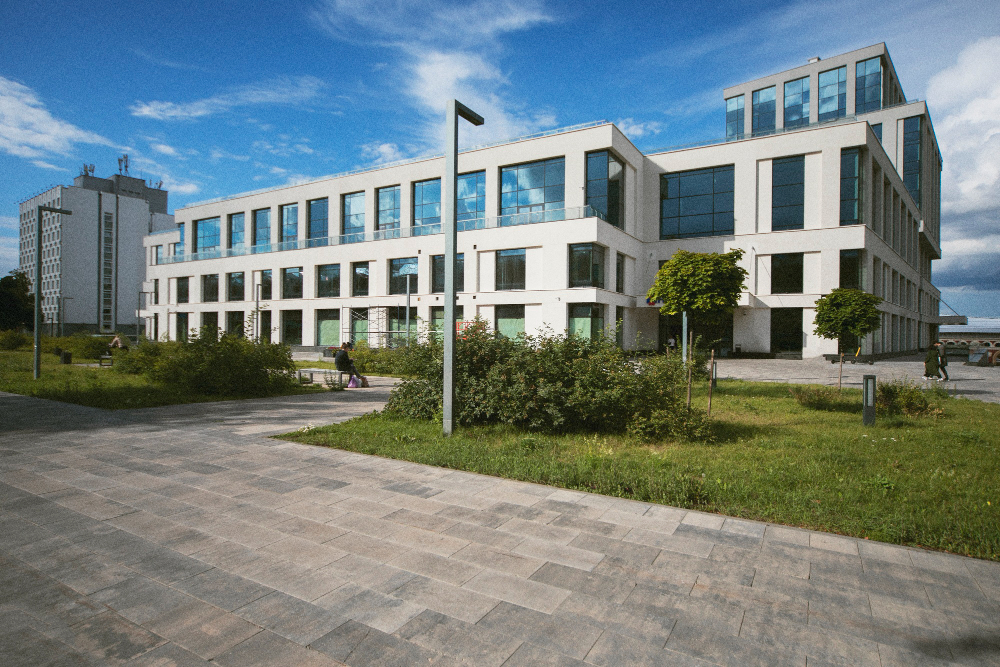The Art and Science of School Building Remodeling and Renovation

If you happen to have walked past a school during the summer, you might see an architect walking around with a clipboard, taking notes, and talking to workers. This activity is part of the construction process where schools undergo renovation and remodeling. Why do schools need to be renovated and remodeled, you ask? Well, for one, wear and tear take their toll on the structure of the building, and the school may need to upgrade its facilities to keep up with new education trends. Whether it's structural changes, the addition of new rooms, or the entire transformation of the old building, schools need to create an environment that caters to the needs of students, faculty, and staff.
School renovation and remodeling projects are a mammoth task that requires careful planning and precise execution. The first and foremost step in renovating a school building is to carry out a complete and thorough analysis of the premises. During this stage, an architectural audit is performed to ascertain the exact condition of the building. The architect examines each space of the school, room by room, to determine which areas require repairs, and which parts would need an entire overhaul.
The second step involves a survey of stakeholders such as the faculty, staff, and students. The school administration needs to understand what the stakeholders need to ensure that the building meets everyone's requirements. For instance, students may need more space for extracurricular activities, whereas teachers may need a more conducive space for teaching.
Once the initial consultation and inspection of the premises have been completed, the architect will create a design proposal. The design proposal includes a list of the building's structural changes, the works schedule, and cost estimates. Several revisions may take place to ensure the proposal meets the needs and budget of the school administration.
Next, the physical work begins. This stage involves the demolition or creation of new walls to create space, installation of new plumbing and electricity systems, and finishing work such as paint jobs and installation of light fixtures. In this stage, it is essential to coordinate with the school administration, faculty, and staff to ensure minimum disruption of school activities.
Finally, once the construction work is complete, the last step is to ensure that the new facilities meet the school administration's requirements and standards. The architect will perform a final walkthrough, ensuring the building's functionality, safety, and aesthetic value meet the school's goals.
Conclusion
The process of renovating and remodeling school buildings is an essential aspect of providing a conducive environment for students, faculty, and staff. The process requires the input of all stakeholders, from the design proposal to physical work, to ensure the building meets everyone's requirements. If you are planning on a commercial renovation in Orlando, FL, contact Pro Work Construction for a free assessment and estimate. They have a team of experienced professionals in the construction and renovation industry that are equipped with the current trends and practices in commercial renovations.

